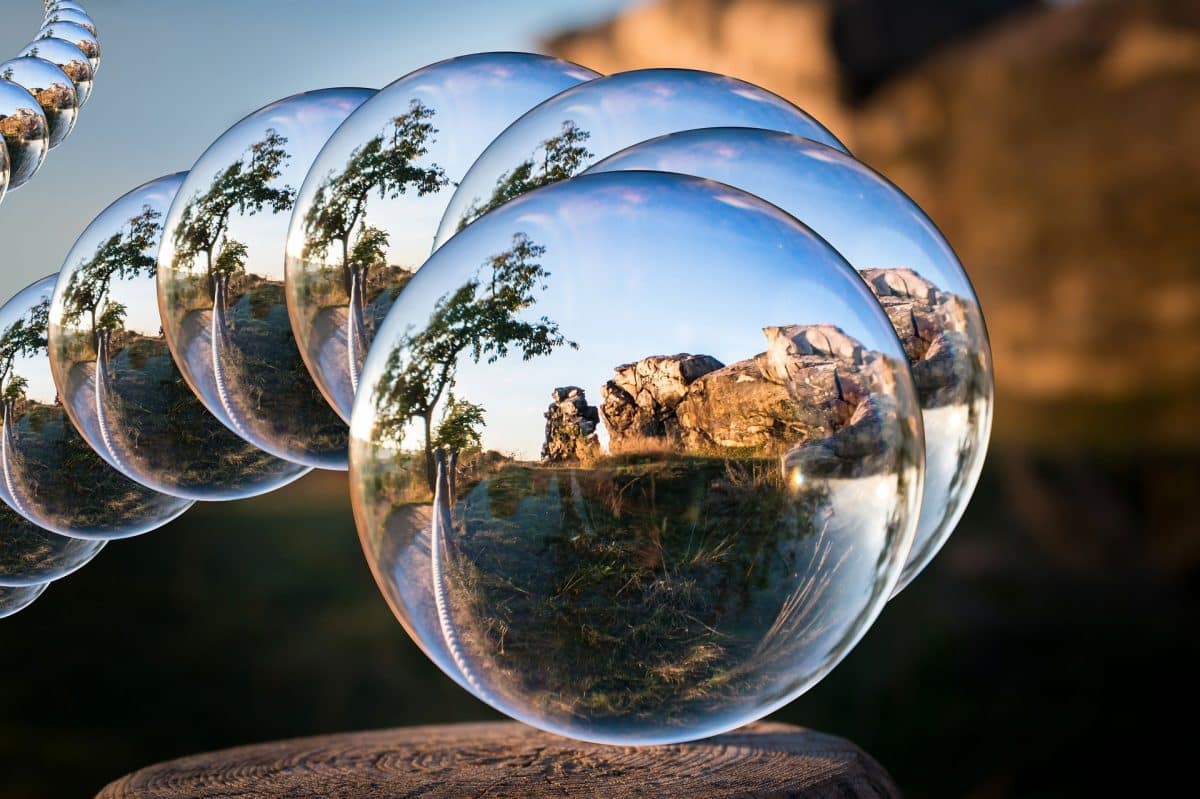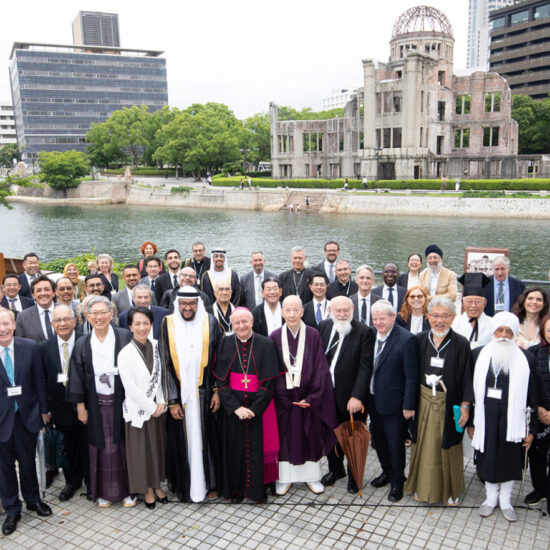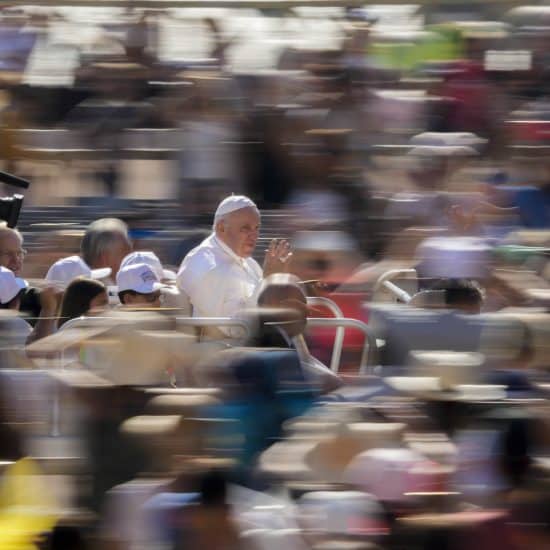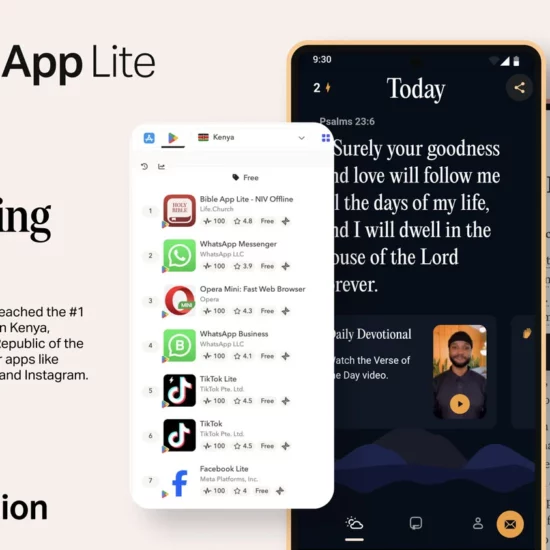
I like to take pictures.
And I like to share them as well.
But I don’t like either of those giving my friends headaches.

Ken Satterfield
When I upgraded my Samsung phone last year and tried to share my pictures, I was startled to discover that the pictures were stored not in the familiar JPG (or JPEG) format, but in something call HEIC. My first thought was it was a glitch in my phone; my second was to research it.
To explain it, step back for a minute and consider a different term, High Efficiency Video Coding (HEVC). This format makes 4K video (a much higher quality video) available in a much smaller size. Apple included this in its MacOS High Sierra, and editing software packages followed.
HEIF (High Efficiency Image File Format), based on HEVC, is designed to be a new and improved version of the familiar JPEG format originally introduced in 1992 with both higher image quality and a lower size. Instead of 8-bit color, HEIF images are 16-bit and can be edited without changing the original image. Apple introduced it on iPhones with iOS 11 in 2017, and Android with Android 10.

(Thomas B./Pixabay)
Which brings us to HEIC (also High Efficiency Image File Format), also based on HEVC. It has the less-size, better-quality features, but adds more. This is the technology that makes possible Live Photos on iPhone (Motion Photos on Samsung phones) that record a burst that includes 1.5 seconds before and after a picture is taken. (You can also use it in FaceTime.) You not only have a photo, but one with motion and sound. To me, that’s a little magical.
Unless you can’t share them.
These formats do not work with older phones. Fortunately, iPhone and iPads will automatically convert pictures to JPGs if they are emailed, imported onto a PC. For Android, use the Gallery app and use the three-dot button and go to Setting > Convert HEIF images when sharing.
On a Windows 10 PC, clicking on a photo in these formats will invite you to download the needed codecs from the Microsoft Store and take you to their HEIF Image Extensions page.
(If you are not a technical person, all the abbreviations may be making you a bit dizzy. Be thankful we didn’t explore MPEG, H.264, or H.265. You’re welcome.)
Wondering about other image formats – PNG, TIFF, GIF, EPS, RAW, and more? HubSpot offers a good overview here. It will allow you to dig a little deeper into vector vs. raster images, resolution questions, or knowing the difference between these different formats. And, if you want to read about codecs and church streaming, Worship Facilities provides good information and a look ahead here.
As the old saying goes, a picture is worth a thousand words — and often can be substituted for a lot of unnecessary verbiage. Regardless of what formats you use, look for opportunities to share stories, take people to places they may never go, and use techniques such as Live/Motion Photos to add a little magic in what you share. A little thought and planning can add some Wow factor — without the headaches.






